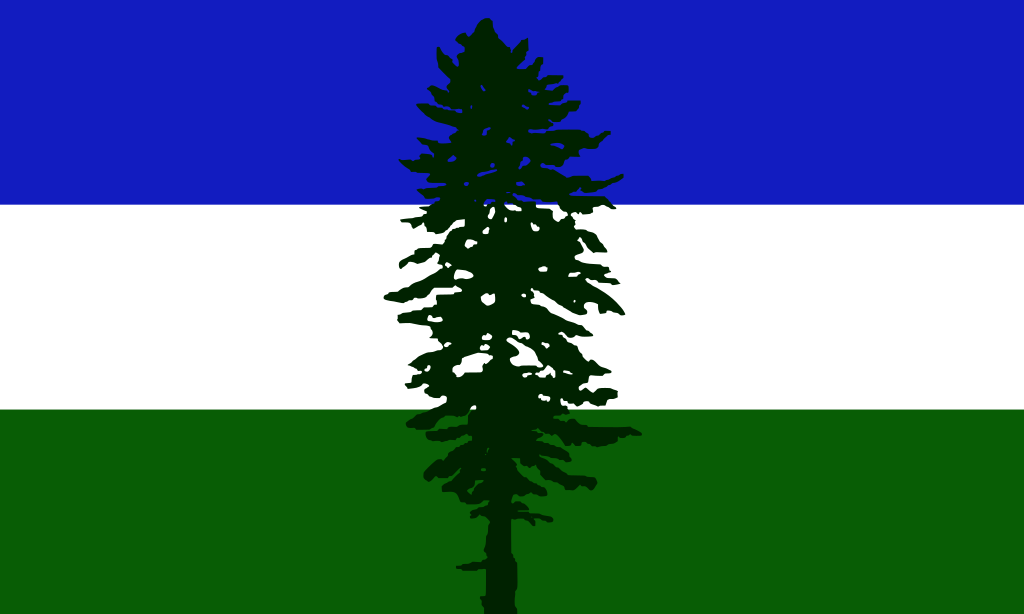Why there are no (to my knowledge) electric bikes with 700c tires? All the ones I’ve seen use fat tires, what is the reason behind that? Cc @[email protected]
Just Google “electric road bikes” and you’ll see that there are loads:
https://www.cyclingnews.com/features/best-road-ebikes/
They’re more popular in downhill mountain biking because the sport is going down a hill, getting back the hill is just an inconvenience to be mitigated as much as possible!
While obviously it’s handy in commuting, so they’re common on folding bikes, but road bikes are designed pretty much for racing, so there’s less demands for electric versions (but obviously still enough that they exist!)
700c tires are sometimes labeled 28" when used on e-bikes, at least here in the US. Maybe that’s why you haven’t noticed many. It’s really stupid since there is a different older 28" wheel standard with a slightly different rim diameter.
Weirdly wheel sizes are one of the few things still measured with non-metric units in Australia, likely the same elsewhere.
I think it’s simply that inches are a more sensible graduation at that length.
5 words to Google: Trek Domane+ electric road bikes. One model of many e-bikes with thinner 700c wheels.
I have one, a Merida eSPRESSO 410 from 2017.
It’s not true.
@[email protected] you missed the “to my knowledge” part but thank you for such a useful response
No, you weren’t really asking us about the reason for the errors in your knowlege.
Good thing you were there to correct OP on their own intentions!
“errors” of their experience?
deleted by creator
Fat tyres have significantly higher resistance, they’re heavier and create more friction.
The benefits are the look and increased traction, which is essential if the thing is actually an off-road electric motorbike.
No, since the contact face has constant size which is mostly dependent on the air pressure in the tire, for fat tires, the contact face is ‘shorter’ but ‘wider’ compared to a slim tire. Thus, as less rubber needs to be deformed in rolling direction creating an angular momentum, they have lower rolling resistance. However, at elevated speeds of 20 km/h (~15 mph) and above, the air resistance, where slim tires perform better, becomes more important. Thus, racing bikes have very slim tires under very high pressures (also inertia plays an important role here).
Source: https://www.schwalbe.com/en/rollwiderstand , e.g.
I think there is an important factor you are missing here — although I fully acknowledge I may be missing something; I’m no tire expert.
Per your source, fat tires have lower roller resistance than narrow tires at the same pressure. A quick search shows that 700cc tires are usually run around 100psi. Fat tires appear to run at or below 30psi. Fat tires generally provide a cushier ride because they deform, but that deformation expands the contact patch and ups the rolling resistance. Are there super high pressure fat tires? I’m guessing no, but maybe that’s something I’m just not aware of.
I mean my mountain bikes run at a reccomended 50-80PSI, my road bike 60-120
I can also get up to about 40mph downhill on both (which should be a good indicator of rolling resistance/air resistance as it takes out the pedaling part), so that leads me to believe (given the rolling resistance info) that the actual biggest factor which makes the road bike so much easier to ride is weight (and gear ratios, but that’s not relevant to e-bikes)
In this case presumably the MTB weighs more, which helps on downhills.
I think there’s a whole literature out there on rolling resistance as it relates to tire size and pressure as a function of road quality — for really nice pavement/velodrome, skinny tires at high pressure win, but for rougher surfaces (e.g., chipseal or less than perfect pavement) lower pressures can be advantageous.
Thanks for that read
You got it backwards. Fat tires have more rolling resistence. They’re just more comfy to ride on
Not just more comfy; the added resistance also means less likelihood of wobble at higher speeds. Since the e-bike helps less experienced riders achieve higher speeds, that extra stability can be important.
You are incorrect. Fat tires require greater energy to roll, as they have much more rolling resistance than a typical bike tire. There is more rubber on the ground at all times which increases friction, which requires more energy to overcome.
Fat tires are not more energy efficient and do not provide better range.
No, please see comment below.
Yes. Per your own link:
At the same inflation pressure, a wide and a narrow tire have the same contact area. A wide tire is flattened over its width whereas a narrow tire has a slimmer but longer contact area.
Fat tires are pressured up around 10-13 psi. Most mountain bike tires are pressured up between 40-60 psi. Road bike tires are pressured up between 80-130psi.
You will always have more rolling resistance with a fat tire than you will with other common bike tires.





